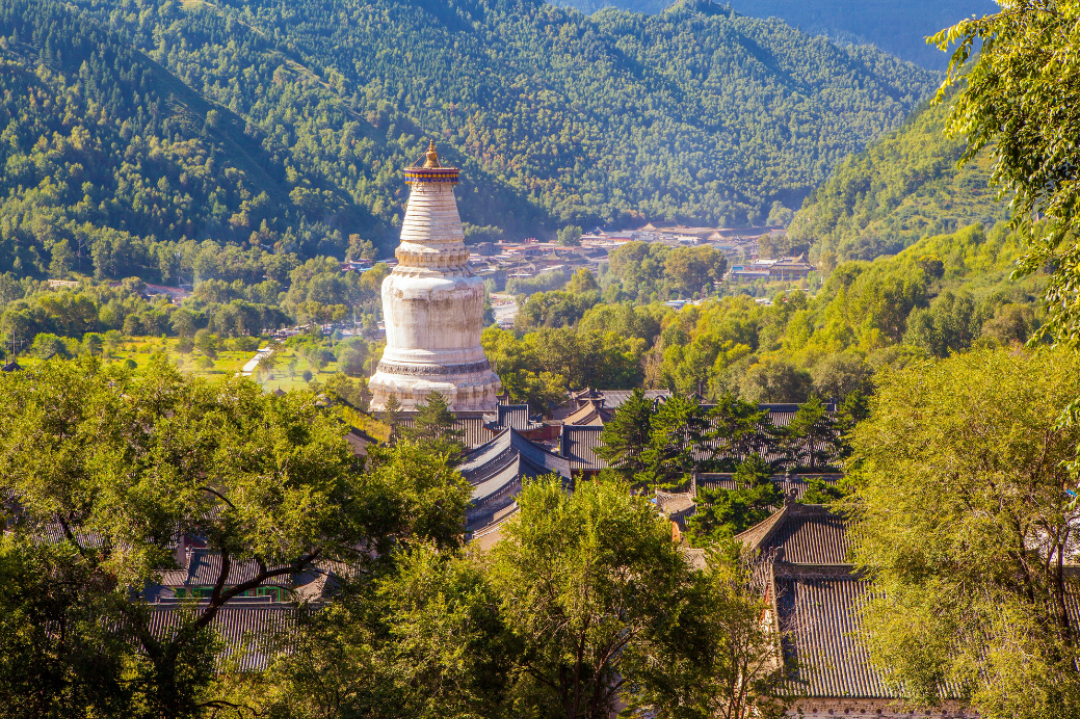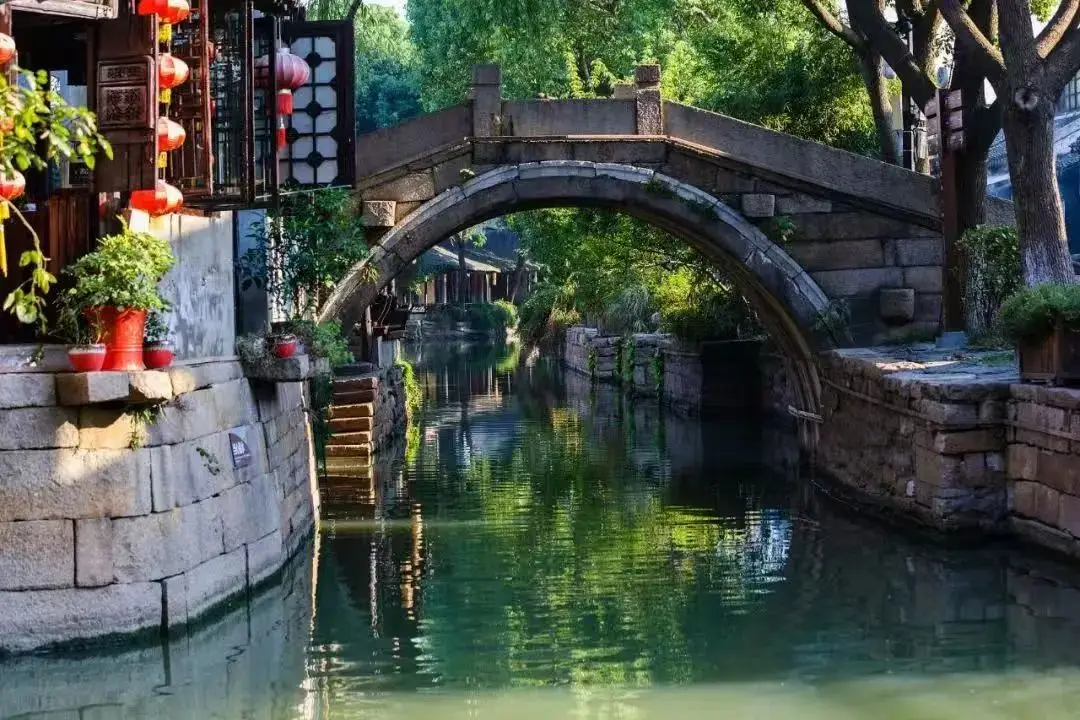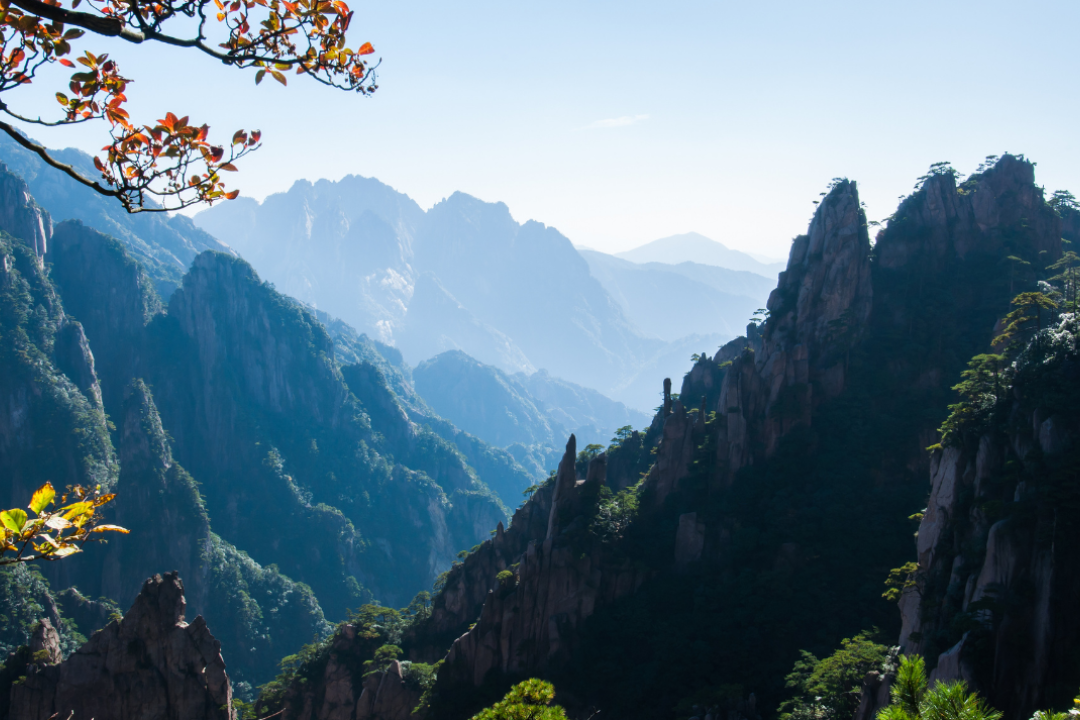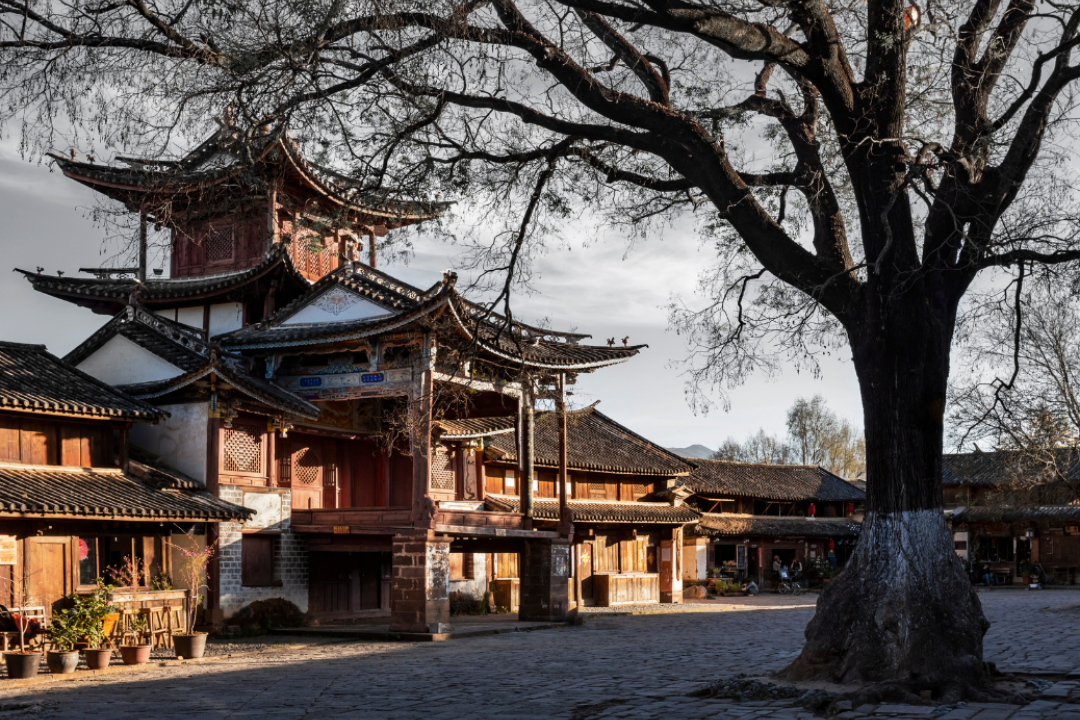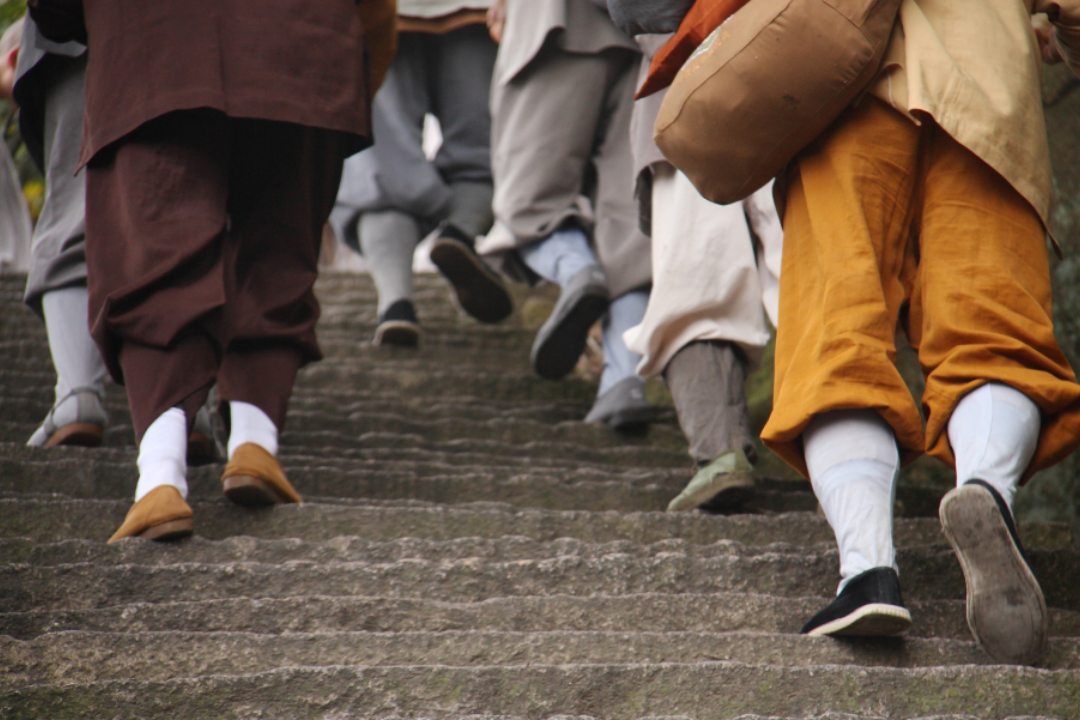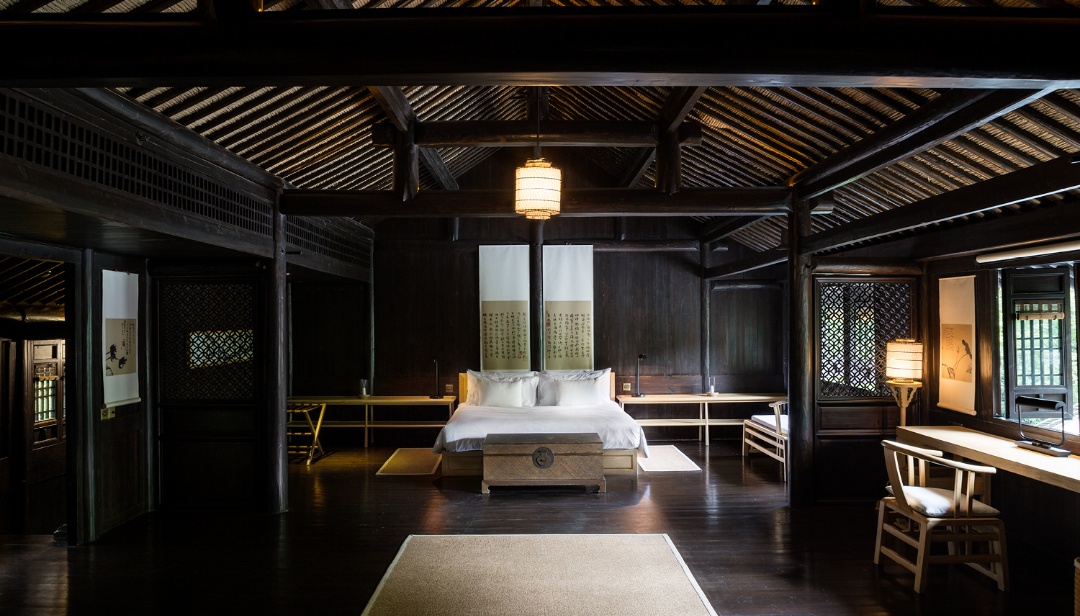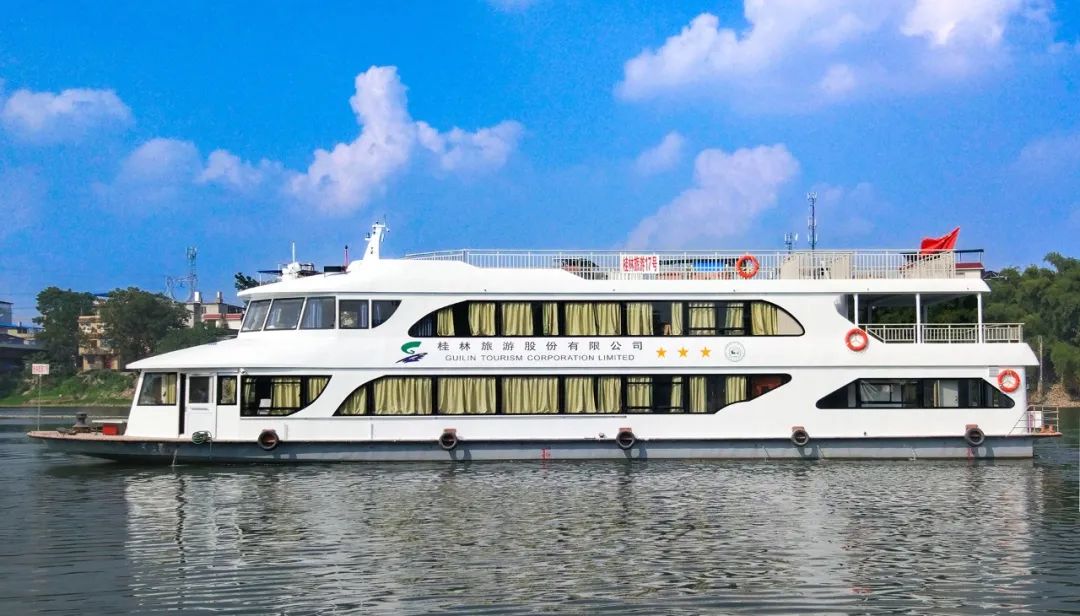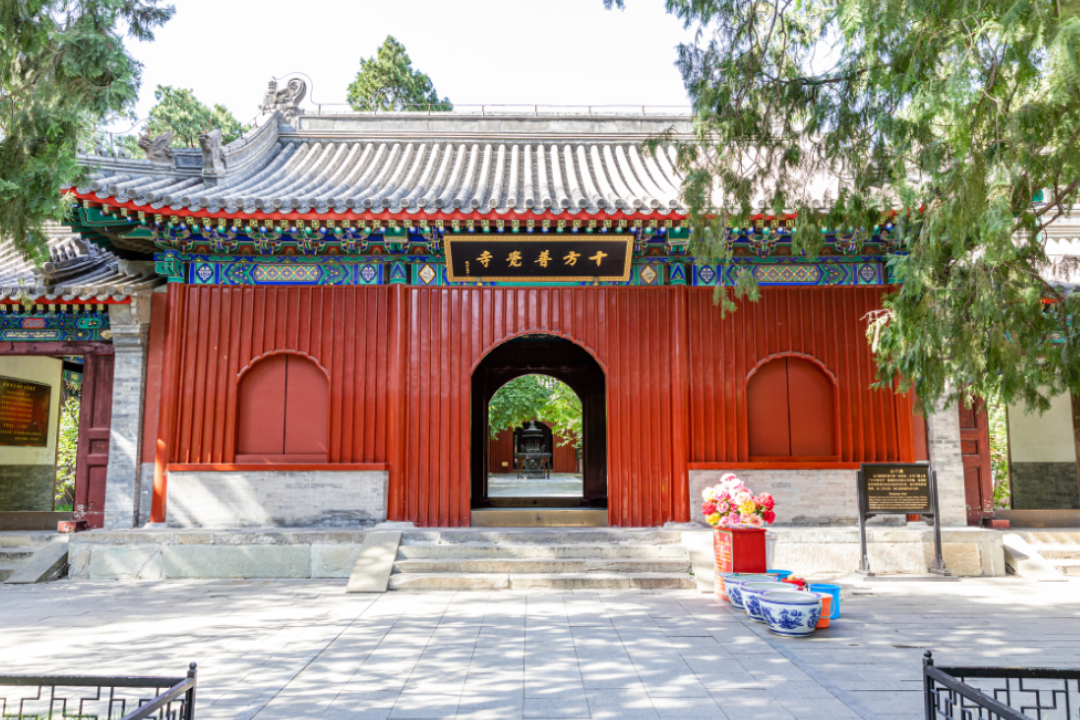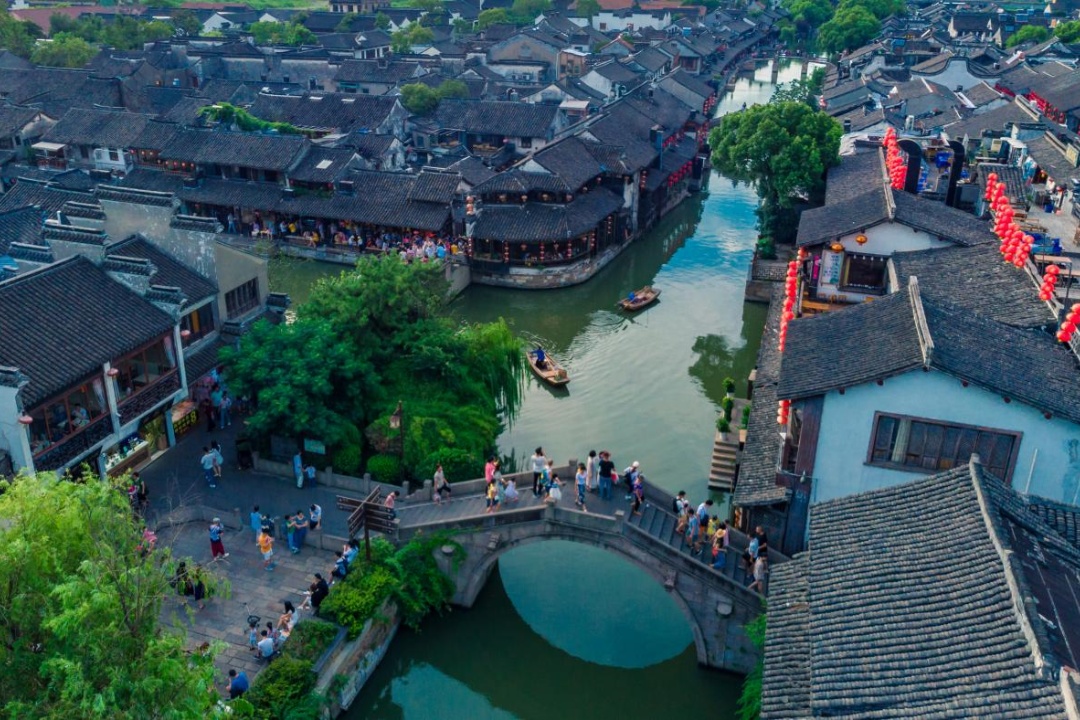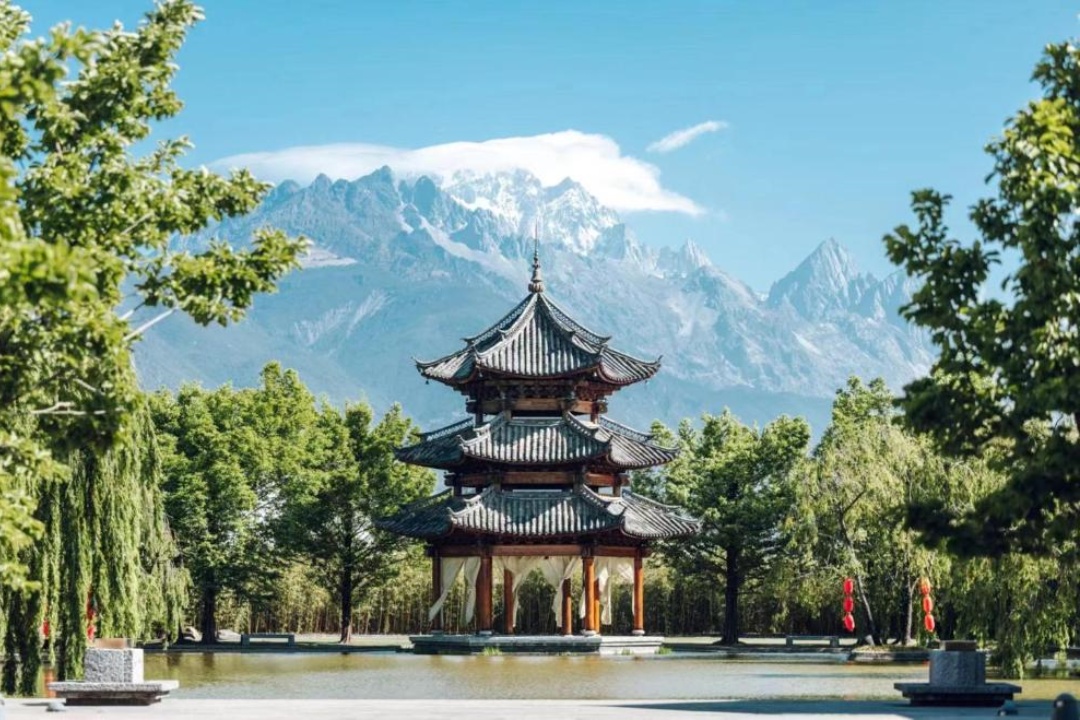What Is Zen Travel—and Why Are So Many People Turning to It Now?
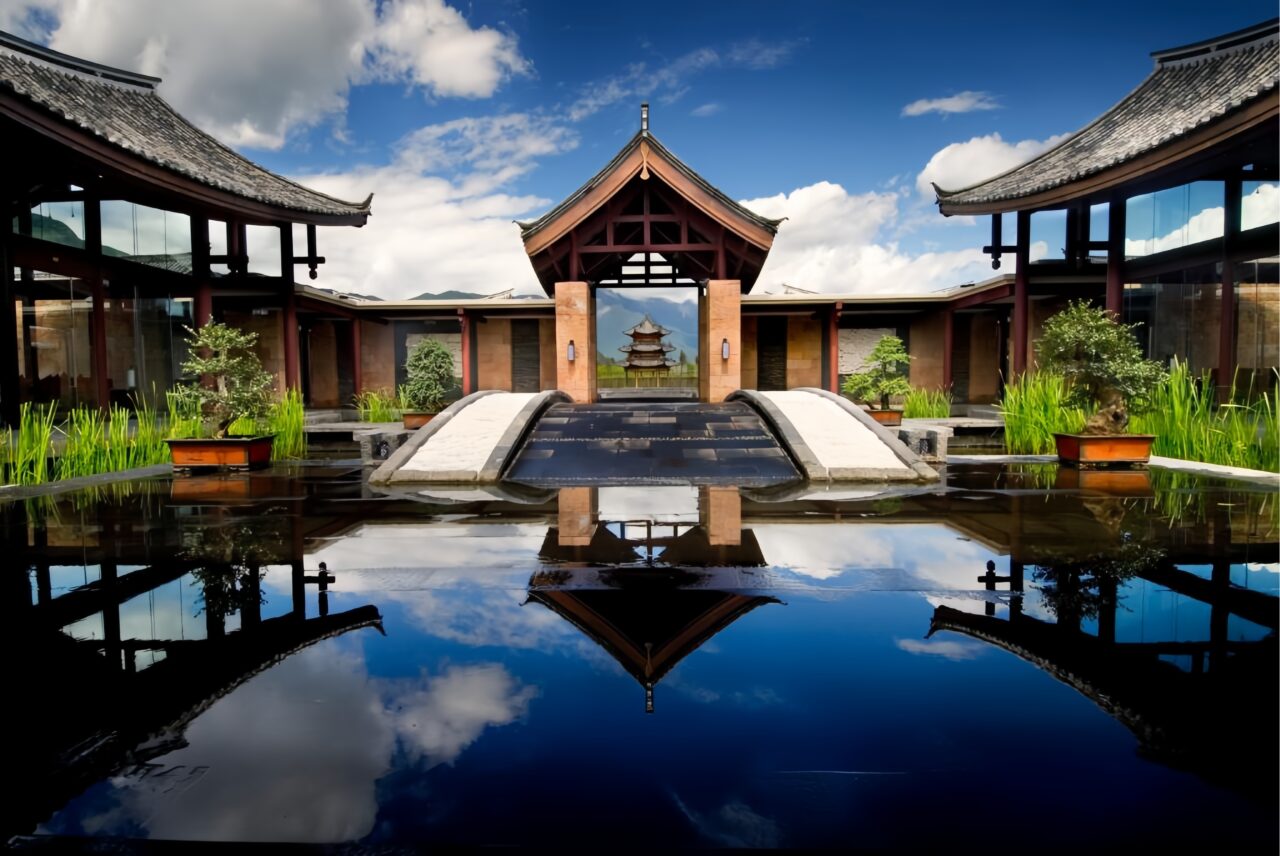
Zen Travel
From Overstimulated to Still: Why the Noise Is No Longer Fun
You’re in line at Luckin Coffee, doom-scrolling between two work chats, and your watch starts buzzing again—something about steps. Meanwhile, a KOL’s voice spills out of the next person’s phone, mid-product review. You half-hear it, but not really. That’s the thing—your brain’s tuned to noise but starved of rest. No wonder people are quietly craving something else. Not yoga-retreats-on-a-hilltop cliché, but just a few hours where nothing pings, nothing flashes, and you can actually feel a moment settle. You start wondering—was it always this loud, or did we just get used to not noticing?
A couple of years ago, I thought I liked fast trips. Big cities, packed itineraries, one hotel after another. I booked a ten-day China loop—Beijing, Xi’an, Chengdu, Guilin, all in one go. I barely looked up. But then I found myself alone in a little courtyard tea house in Dali. No Wi-Fi, no playlist. Just a cracked clay teapot and a breeze I hadn’t noticed in years. I didn’t even mean to stop. I just sat. For once, time didn’t press on me. I watched a monk wipe down wooden benches. That one hour felt like more of a “trip” than the entire previous week.
Since then, I’ve noticed more people choosing trips that don’t need itineraries. Not because they’re lazy—actually the opposite. It’s harder, weirdly, to do nothing and not panic about “missing out.” But post-2023, especially, that panic feels tired. Quiet doesn’t mean dull anymore. It means real. And once you’ve had even a minute of that—say, sitting on the floor of a train station in Lijiang, just watching people pass without touching your phone—it’s like your senses reboot. And honestly? Loud starts to feel like someone else’s idea of fun, not yours.
Zen Doesn’t Mean Boring—It Just Means Present
Here’s the thing: zen travel is often misunderstood. People hear “zen” and think no fun, no photos, no talking. But it's not about austerity. It’s about being wherever you are—fully. Whether that's sitting in a temple courtyard or walking alone through misty hills, zen travel just means you’re not somewhere else in your head.
I met a Dutch couple at a retreat in Hangzhou who had zero background in Buddhism. They weren’t meditating. They just chose to eat every meal slowly and leave their phones off. That’s it. Yet they described it as one of their most meaningful trips. Because they remembered every single detail—not just the highlight reel.
It’s not a rulebook. There’s no certification. Zen travel isn’t an itinerary—it’s a mindset. You can do it for a weekend. Or ten minutes at a time. It sneaks up on you: a quiet lake, a wordless smile, a slow sip of jasmine tea. No Wi-Fi required. Just a little less trying, and a bit more being.
When people think of China, “zen” usually isn’t the first word that pops up. More like: trains that blur past at 300km/h, crowds outside bubble tea shops, subway transfers that feel like small marathons. And yeah, that version exists. But here’s the thing—they’re only seeing half the picture. The other half moves a lot slower. Almost like it doesn’t care if you catch up.
I didn’t believe it either, until I ended up on a ferry headed to Putuo Island. There were no car horns, no blaring loudspeakers, just sea wind and old temple bells in the distance. People moved like they had nowhere urgent to be. The monk guiding us wasn’t trying to impress anyone—he just nodded, lit incense, and walked off. I remember thinking, “Oh—so this is what travel can feel like when it’s not trying to sell itself.”
Even big cities in China leave room for slowness if you know where to look. I’ve seen it in Chengdu, where retirees play mahjong under gingko trees all afternoon like time’s frozen. I’ve found it in Suzhou, where the canals don’t care if you’re late. And weirdly enough, even Beijing—yes, Beijing—has moments like that. A quiet hutong at 6AM, a steaming baozi stall with no line yet. You start to realize China isn’t fighting stillness—it’s just hiding it in plain sight. And once you feel it, all that noise back home? Starts to feel like static.
- Mount Wutai, Shanxi
- Suzhou Water Village
Where Can You Really Feel Zen in China—Not Just See It?
Mount Wutai (Shanxi): Cold Winds, Morning Bells, and Monks in Motion
You don’t need to squint hard to see why Mount Wutai fits the "zen travel" label. It’s not just old temples perched in fog, though that’s a big part. The real shift happens early—like 4:30 a.m.—when monks start their morning chanting and the bells echo through the frost. You stand there, half awake, fingers freezing, and suddenly the usual travel checklist—Instagram, bucket list, reviews—just falls away.
This isn’t some polished retreat. It’s raw, it’s loud with silence. Monks walk briskly with robes trailing, locals burn incense with quiet intensity, and tourists... well, they slow down. Even the hot tea here tastes different. If you climb towards Tayuan Temple just before sunrise, the sky is pink and the steps slippery. It’s not convenient. That’s the point.
I stayed in a basic temple lodge for about 400 RMB a night, which did accept foreigners. No fancy bedding, no central heating, but every morning started with those bells. If you're looking for air-purified spa silence, this isn’t it. But if you're chasing stillness that doesn’t ask for your credit card first? Wutai’s your spot.
Putuo Island (Zhejiang): A Place Where Even the Ferries Feel Slow
The ferry to Putuo Island is slow on purpose. Not slow because it’s old—slow like it knows what you need. That 30-minute ride from Zhujiajian already feels like a reset. And once you dock? The pace doesn’t pick up. No cars. Just temple roofs in the mist and people walking with hands behind their backs, monk-style.
You’ll hit temples like Puji and Fayu, but it’s not the temples that linger—it’s the in-between. The steps. The tea stalls. The ocean wind that smells like salt and sandalwood. There’s even a vegetarian restaurant hidden behind the incense shop where the chef used to be a monk. Order the lotus root stew. Sit. Breathe. Forget your checklist.
I stayed in a local guesthouse near the beach for around 500 RMB, with signs that said “Foreigner Friendly” in awkward English. They meant it. They even had maps in Korean and Hindi. One morning I skipped all my plans and just sat by the ferry dock, watching boats come and go. I remember thinking—this is what slowing down without quitting feels like.
Yunnan’s Shaxi Old Town: A Zen Travel Base Camp Without Labels
Shaxi doesn’t scream zen. It doesn’t really scream anything. That’s probably why it fits. No traffic, no loudspeakers, no tour buses yelling into mics. The cobblestone lanes lead you nowhere fast. And that’s the charm. A few cafes serve pu-erh in ceramic cups, and everyone seems to talk softer here—maybe because the mountains are listening.
Zen travel here means wandering. Maybe you stop at a Bai house and end up learning how to fold joss paper. Maybe you plan a morning walk and find yourself watching ducks in the rice paddies instead. You’re not expected to do much. The innkeeper at my stay literally said, “If you want to do nothing, that’s something.”
I booked a courtyard-style guesthouse for around 300 RMB per night, foreigner-verified, and it came with a handwritten local map, tea refills, and a cat that liked my windowsill. Shaxi doesn’t market itself as a “zen place.” And that’s what makes it quietly perfect.
- Mount Putuo, Zhejiang
- Yunnan Shaxi Ancient Town
How Do You Build a Zen Travel Itinerary Without Overplanning?
The 3:1 Rule—Three Days Slow, One Day Silent
This sounds like a formula, and maybe it is—but it's one that doesn't force anything. I started using the “three slow, one silent” rhythm after I messed up my first so-called zen trip by cramming in too many temples. It felt more like a spiritual checklist than a vacation. The idea is simple: spend three days just being in a place—walk slowly, sip long tea, talk to people if you feel like it. Then set aside one day for intentional quiet—no phone, no plans, maybe even no talking.
When I tried this in Shaxi, I barely followed the schedule. But that’s kind of the point. I spent one “slow” day talking to an old calligraphy teacher who ran a tea shop; he let me try grinding ink. On the “silent” day, I just stayed in my room, wrote in a notebook, and didn’t check my messages. That kind of silence isn’t dramatic—it just makes your thoughts less noisy.
You don’t have to follow this rule strictly, obviously. It’s more like training your brain to decelerate. Once you’ve done that, your body follows. Then, the trip stops feeling like an itinerary. It starts feeling like space.
Forget 5-Star Hotels—Try a Zen-Friendly Stay Instead
Luxury doesn’t always kill stillness, but let’s be honest: heated toilet seats and 12-item breakfast buffets don’t help you hear yourself think. Zen-friendly hotels aren’t about lack—they’re about intention. The fewer distractions, the more space you get to pay attention. One of the best places I stayed was a family-run guesthouse in Dali with no TV, no elevator, but a garden full of Osmanthus.
The owners offered me wild mushroom soup and said nothing during the meal. It wasn’t awkward. Just quiet. I didn't need a spa or a rooftop pool. I just needed not to be sold something every ten minutes. That’s rare. And it’s a kind of quiet that doesn’t cost 2,000 RMB a night. This place was under 350 RMB, and yes—it welcomed foreigners, too.
If you want a recommendation, look up “Zen Courtyard” or “Banyan Retreat” types on Chinese travel apps. Some are on Ctrip, others pop up in Douyin videos. Make sure they say 支持外宾 (“foreigners welcome”), or call ahead. It’s a small step that can save you a border headache later.
How to Travel With Fewer Distractions (And Not Regret It)
I get it—we're all tethered to our phones. Flights, translations, hotel confirmations. You can’t exactly unplug completely. But you can shift what you pay attention to. One trick? Set a rule that your phone stays in your bag during meals. Another: don't photograph the first day. Let your eyes adjust to the place before your lens takes over.
When I did this in Putuo Island, I thought I’d feel disconnected. Instead, I felt relieved. I noticed small things—the way incense smoke curls, how monks nod instead of speaking, how the ocean sounds different depending on where you stand. These are the details distraction hides.
If you want a middle ground, try using your phone only for journaling or voice notes. Or print your itinerary and leave the phone in your room during walks. You won’t regret missing an Instagram story. But you might regret not looking up when that monk walked past in the mist.
- Vegetarian Meal
- Follow the monks up the mountain
Can Zen Travel Be Luxurious—Or Is That Missing the Point?
When Quiet Costs Money: Amanfayun and Other High-End Retreats
You’d think peace and quiet shouldn’t come with a price tag—but in places like Amanfayun near Hangzhou’s Lingyin Temple, silence doesn’t come cheap. A single night? Over 5,000 RMB, depending on the season. But guests don’t seem to mind. The whole place is designed for retreat—stone pathways between old monk quarters, incense wafting through the air, staff who speak in gentle tones. You walk in and no one asks for your ID loudly at reception. They offer tea instead.
The luxury part isn’t about chandeliers or gold-plated bathtubs. It’s about not being rushed. About hearing birds instead of phones. It’s privacy, not pretense. I met a couple from Sweden who said they booked Amanfayun just to “hear themselves think again.” One guest told me the silence in the courtyard at 6 a.m. was more luxurious than any spa. It’s weird—but it made sense in the moment.
But here’s the thing: not everyone needs a 5-star price tag to access a Zen state. Still, it’s hard to ignore that some of the quietest, most undisturbed spaces in China are also the most expensive. Maybe that’s the tradeoff—less noise comes with more cost. Or maybe we’re just paying to protect something that’s already vanishing.
The Rise of Silent Cruises in China: Yes, They Exist
Okay, “silent cruise” sounds like a marketing gimmick at first—until you’re floating down the Li River with no engine buzz, no announcements, no tourist karaoke. Some of these newer cruises, especially in Guilin and along the Yangtze near Yichang, are battery-powered and cap capacity at 20–30 people. No shouting guides, no scheduled dance shows. Just mist, water, and the occasional crane lifting off the shore.
A friend dragged me onto one last year—I was skeptical. I pictured kids crying, loudspeakers blasting “欢迎光临.” But nope. The crew even gave us soft slippers and told everyone to “speak like monks.” It was kind of hilarious, but it worked. I spent half the ride just watching the reflection of bamboo on the water. No phone signal, no urge to post. Just… stillness.
These cruises aren’t cheap either—around 800–1200 RMB per person. But they’re gaining traction, especially among Chinese millennials and solo travelers. There’s something oddly luxurious about not being entertained. You’re paying for what’s not there—noise, speed, clutter. And in that absence, some people finally feel full.
- Amanfayun Hotel
- Li River Cruise
What Are Some Small Zen Travel Moments You Can Try Without Leaving the City?
Beijing’s Temple of the Sleeping Buddha at 7 AM
If you ever land in Beijing and think, “This city’s too loud for Zen,” you’re not wrong—but you’re also not looking hard enough. On a misty Tuesday, I found myself walking up the stone path into the Wofo Temple, tucked in the Western Hills, while most of the city was still asleep. The ticket office hadn’t even opened yet. A monk nodded at me. No words. Just this quiet moment where I felt like the city had hit pause.
The temple itself isn’t huge. There’s a reclining Buddha in the main hall—bronze, peaceful, just… resting. What struck me wasn’t the statue, though. It was the sound of leaves brushing against the stone tiles, and that one pigeon cooing like it was whispering secrets. A gardener swept the path with those old-school straw brooms. I didn’t take photos. Not out of some noble Zen instinct—it just didn’t feel right. That morning didn’t need proof.
Getting there isn’t hard. Take subway Line 4 to Beigongmen, then hop a cab—around 20 RMB from there. Entry is cheap, just 5 RMB, unless there’s a festival. It’s not a “must-see” on any top 10 list, which is probably why it still feels sacred. If you're in Beijing and tired of crowds at the Forbidden City, go here at dawn. You might leave with nothing… and somehow feel lighter.
Chengdu’s Tea Houses Where No One’s in a Hurry
Chengdu has a weird relationship with time. You walk in for tea, and somehow lose two hours without noticing. I first felt it at Shunxing Teahouse, tucked near the Sichuan Opera House. The waiter handed me a porcelain cup and said, “慢慢来” (take your time). No rush. No turning tables. Just people sipping, talking softly, and every now and then—pausing.
I sat under a grapevine canopy. A couple next to me played cards. Two old men argued about Go rules like it was life or death. Every so often, a guy with a copper kettle came around to refill cups from a height that felt theatrical. No Wi-Fi. No QR menus. Just a piece of wood with scribbled tea names. I had bitter buckwheat tea. It wasn’t good. But sitting there, with no noise but cicadas? That was the real flavor.
Most teahouses in Chengdu open by 10 AM, and a pot of tea is about 30–60 RMB depending on where you go. Some fancier places near Jinli Street may charge more, but they still let you sit all day. If you're lucky, you’ll find one with ear-cleaning services—which is… oddly relaxing. Chengdu doesn’t push Zen in your face. It just lets it happen.
- Beijing Reclining Buddha Temple
- Chengdu Teahouse
Can Zen Travel Be Done Alone—Or With People?
Solo Zen: Why Being Alone Doesn’t Mean Being Lonely
You know that moment when you’re walking through a pine forest, and suddenly, everything’s just… still? That’s how I felt hiking up Qixia Mountain in Nanjing last October. No signal bars. No chatter. Just the sound of dry leaves crunching under my shoes and a monk sweeping stone steps, like something out of a Studio Ghibli frame. I didn’t go with friends. Didn’t even tell anyone I was going. And it might’ve been the best decision of the year.
Solo zen travel isn’t some introvert flex. It’s just—easier, lighter. You don’t need to explain why you want to sit in front of a waterfall for 30 minutes or why that one pottery workshop in Dehua County matters more to you than a famous temple. You listen better, eat slower, and weirdly, remember everything more clearly. One of the best parts? Not talking. I didn’t open my mouth for half a day—and it felt healing, not lonely.
You can still be safe while going solo. Most zen-friendly destinations like Mount Jiuhua, Xitang Water Town, or those lesser-known Hakka roundhouses in Fujian, are easy to navigate and welcoming to solo travelers. I usually book places that allow foreign guests—Ctrip has that info clearly marked. And I pack light—one 20L backpack, no laptop. Just enough to feel free, but not lost. If you’ve never tried solo Zen before, don’t wait until burnout hits. Go when you’re curious, not when you’re desperate.
Shared Silence: Couples, Friends, and Group Zen
At first, I thought Zen travel had to be solitary. Like, if someone’s talking next to you, doesn’t that ruin the point? Turns out—not always. I went to Nanputuo Temple in Xiamen with a friend I’ve known since college. We made a deal: No phones, no talking, just observe. For two hours, we walked the grounds in silence. We didn’t need words. Somehow, that made the presence even more powerful.
Some places in China are perfect for shared Zen moments. The Banyan Tree Lijiang has courtyard villas where you and your partner can sit and watch Yulong Snow Mountain turn pink at dusk, without saying a word. In Tianmu Mountain, Zhejiang, a few eco-lodges run group tea meditation sessions. One I joined had eight strangers sitting together, sipping longjing tea, and not a single person broke the silence. At first awkward, then grounding.
If you’re planning a Zen trip with someone, choose people who won’t fill the quiet with noise. Let everyone set their own pace. I once shared a Zen retreat with a couple who argued over breakfast about itinerary details—totally ruined the tone for everyone else. Zen travel can be social, but only if everyone’s onboard with the silence. Honestly, I didn’t know how refreshing it could be to sit beside someone and say nothing—and still feel close.
Searching for Zen-like beauty and slower moments? Read Things to Do in Dali and continue your journey toward Lijiang’s serenity.
- Xitang Water Village
- Banyan Tree Lijiang
Is Zen Travel Just a Trend—Or Something You’ll Carry Home With You?
I thought once I left the mountains, the stillness would disappear too. But it didn’t. After spending five days in Putuo Island, where most of my time was spent walking temple paths barefoot and drinking warm barley tea from vending machines (yes, really), I flew back to Shanghai—and something felt off. Loud cafés, crowded escalators, and screens everywhere. But weirdly, instead of snapping back into city mode, I started noticing how I didn’t want to talk all the time anymore. That silence had followed me.
Zen travel doesn’t stop when you check out of the hotel. I found myself eating slower, checking my phone less, and even breathing deeper—sometimes without realizing it. Back in my apartment, I rearranged things to make space. Got rid of the chair that was just catching junk. Even my work felt different. I used to multitask constantly; now I catch myself doing one thing at a time, on purpose. That part wasn’t planned. But it stuck.
Some friends said, “So… you’re into minimalism now?” But it wasn’t that. I didn’t change my style or throw away half my stuff. I just didn’t need as much noise. Maybe that’s what Zen travel gives you—not a new lifestyle, but a small shift in how you move through your day. I still like watching dramas at night. I still order takeout. But when I pause before a meal, or close my eyes on the metro, it’s not performative. It just… feels better now. And if that’s not something worth taking home, I don’t know what is.
Want more China travel ideas? Don’t miss our insider guides to Beijing, Shanghai, Guangzhou, and Chengdu—real tips, no fluff.
